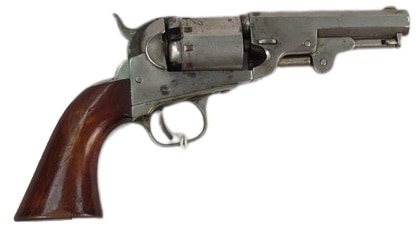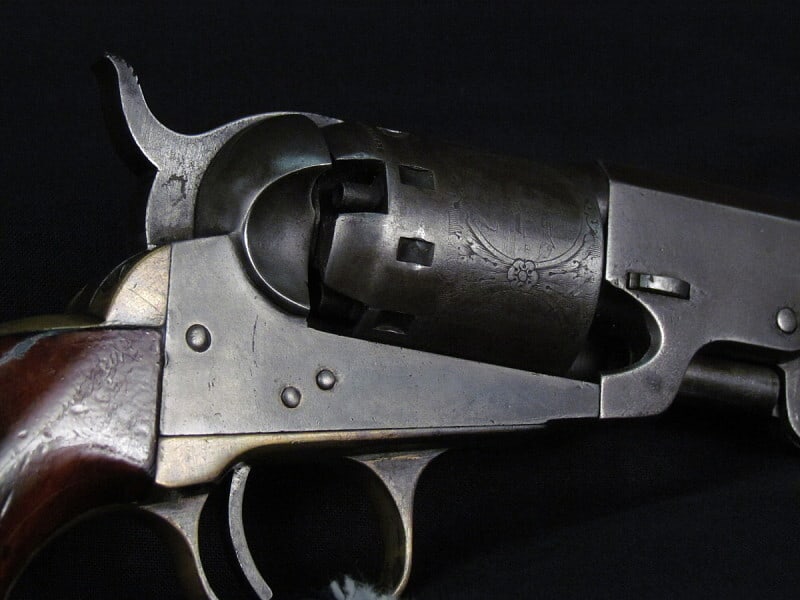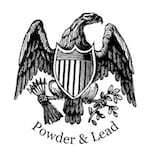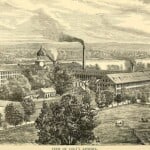
The Legacy of Manhattan Firearms: Innovation, Competition, and Historical Impact
Manhattan Firearms occupies a fascinating place in the history of American gun manufacturing. Though often overshadowed by larger competitors like Colt and Remington, this company played a crucial role in the development of revolver technology during the mid-19th century. From its founding in the midst of industrial expansion to its innovative safety features and contributions to the civilian firearm market, Manhattan Firearms left a lasting imprint on the gun industry.
Founding and Early Years
Manhattan Firearms was founded in 1856 in New York City by a group of investors led by Samuel Gardiner Jr., with the goal of producing high-quality percussion revolvers that could compete with Colt’s dominant designs. As revolver technology evolved rapidly in the 19th century, the expiration of Samuel Colt’s revolver patent in 1856 provided a unique market opportunity. Manhattan Firearms was among the first companies to seize this opportunity, producing affordable, well-made alternatives to Colt’s revolvers.

Shortly after its founding, the company relocated production to Newark, New Jersey, where it established a strong manufacturing presence. Newark was quickly becoming a hub for firearm production, with established infrastructure and skilled labor readily available. The company gained an early reputation for quality and reliability, attracting a steady stream of customers.
Firearm Production and Key Models
Manhattan Firearms specialized in percussion revolvers, producing several series of handguns that gained widespread popularity. The company manufactured five primary revolver series, often categorized as Series I through Series V, with each iteration featuring incremental improvements in design, functionality, and safety.
1. Pocket Revolver Series (Series I & II)
The first revolvers produced by Manhattan Firearms were small, single-action percussion handguns designed primarily for civilian use. Chambered in .31 caliber, these compact five-shot revolvers were favored for personal defense, particularly in urban environments. Their affordability and reliability made them a popular alternative to Colt’s Pocket Model revolvers.
2. Navy Revolver Series (Series III, IV & V)
Larger and more powerful than the pocket models, the Manhattan Navy Revolvers were chambered in .36 caliber and closely resembled Colt’s 1851 Navy revolver. These revolvers were well-crafted and known for their precision. Unlike many competitors, Manhattan revolvers featured additional safety notches between chambers, allowing users to safely carry a fully loaded cylinder without the risk of an accidental discharge. This was a notable innovation at the time, later influencing future revolver designs.
3. Post-War Transition and the American Standard Tool Company
By 1873, with the growing dominance of metallic cartridge firearms, Manhattan Firearms was unable to compete and ceased production. Some of its assets were sold to the American Standard Tool Company, which briefly produced firearms in a similar style. However, this was not a direct merger, and the American Standard Tool Company itself soon faded into obscurity.
Technological Innovations and Market Impact
One of Manhattan Firearms’ most significant contributions to the industry was its commitment to safety and precision engineering. The company introduced several improvements that enhanced revolver reliability and user safety:
- Interchangeable Parts: Like Colt, Manhattan Firearms adopted precision machining techniques that allowed for interchangeable components, improving manufacturing efficiency.
- Enhanced Safety Notches: These notches allowed the hammer to rest securely between chambers, reducing the risk of accidental discharges—an advancement that was later incorporated into other revolver designs.
- Fine Engraving and Finishes: Unlike some competitors, Manhattan Firearms placed a strong emphasis on the aesthetics of its products, often featuring ornate scrollwork engraving and fine blued or case-hardened finishes, making them desirable collector’s items today.
Competition and Legal Challenges
From the outset, Manhattan Firearms faced stiff competition from Colt’s Patent Fire-Arms Manufacturing Company. Colt, eager to maintain market dominance, pursued legal battles against several firms producing similar revolvers after his patent expired. While Manhattan Firearms managed to navigate these challenges, it was constantly competing in a crowded marketplace that included Remington, Smith & Wesson, and Starr Arms.
Despite the intense competition, Manhattan Firearms found success in the civilian market. The westward expansion of the United States created high demand for affordable and reliable sidearms, and Manhattan’s revolvers were particularly favored by pioneers, merchants, and lawmen looking for practical personal protection.
The Civil War and Increased Demand
The American Civil War (1861-1865) brought about a significant increase in demand for firearms. Though Manhattan Firearms was never a major supplier to the Union Army, many of its revolvers were privately purchased by soldiers heading into battle.
However, the post-war period proved difficult for the company. The sudden flood of surplus military firearms, including thousands of Colt and Remington revolvers, made it difficult for smaller manufacturers like Manhattan to compete. The company struggled to adapt to the new era of metallic cartridges, and by the early 1870s, production came to an end.
Legacy and Collectibility
Although Manhattan Firearms ceased operations nearly 150 years ago, its legacy lives on. Today, original Manhattan revolvers are considered highly collectible, prized for their craftsmanship, historical significance, and rarity. Well-preserved examples can command prices ranging from $800 to over $5,000, depending on the model, condition, and provenance.
The company’s innovations, particularly its safety improvements and focus on precision engineering, influenced the next generation of revolvers and played a small but noteworthy role in the evolution of firearm technology.
Conclusion
Manhattan Firearms may not be as widely recognized as Colt or Remington, but its impact on the mid-19th-century American firearms industry is undeniable. By producing affordable, well-crafted percussion revolvers, the company provided civilians with reliable sidearms at a crucial period in American history. Its commitment to safety, quality, and innovation set a precedent that would be echoed in later revolver designs.
Though the company eventually succumbed to market forces and technological advancements, its revolvers remain a sought-after piece of firearm history, serving as a testament to the ingenuity and resilience of 19th-century American gunsmiths. The name Manhattan Firearms stands as a reminder of an era when competition drove technological progress, shaping the future of personal defense and firearm manufacturing for generations to come.
Read more about Manhattan Firearms here:
If you know of any forums or sites that should be referenced on this listing, please let us know here.




